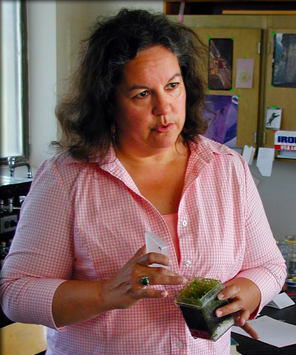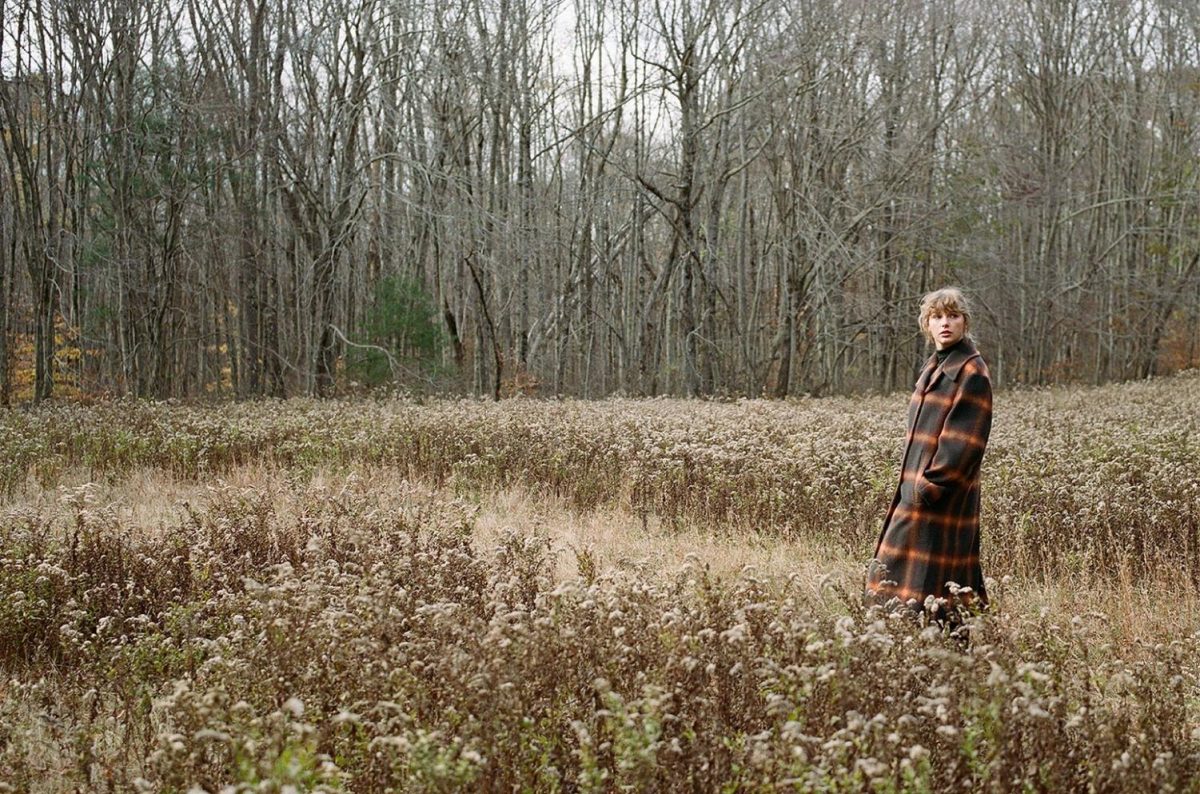“I very proudly entered the forestry school as an 18-year-old and telling them that the reason that I wanted to study botany was because I wanted to know why asters and goldenrod looked so beautiful together. These are these amazing displays of this bright, chrome yellow and deep purple of New England aster, and they look stunning together. And the two plants so often intermingle rather than living apart from one another, and I wanted to know why that was. I thought that surely in the order and the harmony of the universe, there would be an explanation for why they looked so beautiful together” (Robin Wall Kimmerer- the Intelligence of Plants).
These are the words of Robin Wall Kimmerer, a member of the Potawatomi Nation and a renowned author, botanist, and professor. She has published two books: Gathering Moss and Braiding Sweetgrass.
What makes Kimmerer stand out from other botanists and, frankly, other scientists, in general, is that she weaves her scientific knowledge with her indigenous knowledge of nature. In Braiding Sweetgrass, Kimmerer writes about the scientific method, saying, “Experiments are not about discovery but about listening and translating the knowledge of other beings.” From Kimmerer, readers learn to be grateful that the plants allow humans to use them for research; after all, plants preceded humans.
One of the main topics which Kimmerer often discusses is reciprocity: dictionary defined as “exchanging things with others for mutual benefit”. Her goal is to have reciprocity with nature. We must give nature the love and respect it deserves in return for the nourishment and knowledge it gives us. In an interview with Krista Tippett of the podcast On Being, Kimmerer talks about how there is a difference between exploiting and simply consuming. She describes exploitation as, “[consuming] in a way that really seriously damages the land and waters.” Kimmerer reminds us that there are methods of consumption that do not exploit nature.
Kimmerer is the founder of the Center for Native Peoples and the Environment. This is an organization based out of SUNY, and one of the main goals of the organization is to help Native American students to have more academic opportunities. Another key goal of the group is to use an approach to science that includes Native American tradition.
Kimmerer’s biography for SUNY says, “As a writer and a scientist, her interests in restoration include not only restoration of ecological communities, but restoration of our relationships to land.” This description perfectly describes Kimmerer’s identity as a teacher of both indigenous and scientific ecology.
Works Cited
Communications, ESF Office of. “Center for Native Peoples and the Environment.” Center for Native Peoples and the Environment | Center for Native Peoples and the Environment | SUNY ESF, https://www.esf.edu/nativepeoples/.
Communications, ESF Office of. “Faculty and Staffenvironmental Biology.” ESF, https://www.esf.edu/faculty/kimmerer/.
Kimmerer, Robin Wall. Braiding Sweetgrass. Tantor Media, Inc., 2016.
“Robin Wall Kimmerer – the Intelligence of Plants.” The On Being Project, 21 Aug. 2020, https://onbeing.org/programs/robin-wall-kimmerer-the-intelligence-of-plants/.







